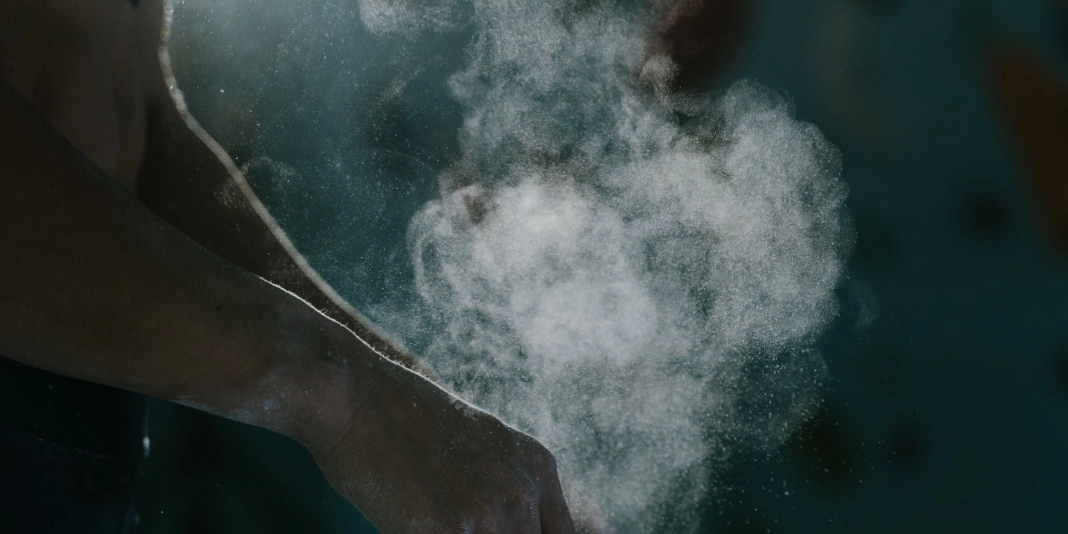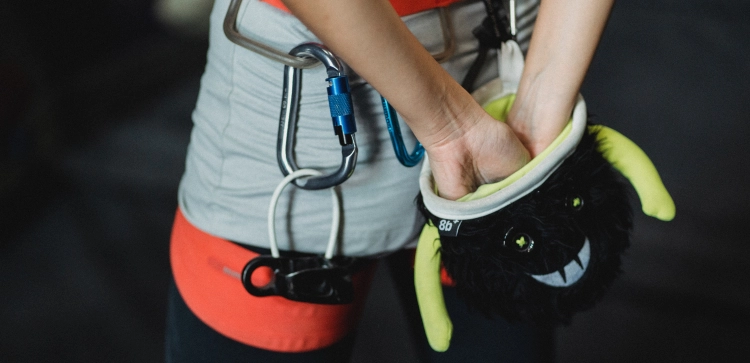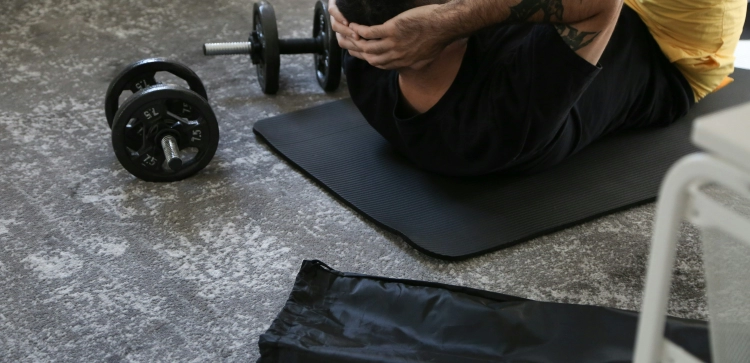Climbing Chalk Dos And Don'ts: Etiquette For The Climbing Community

Climbing has become a popular sport and recreational activity, attracting a diverse community of enthusiasts. One essential aspect of climbing etiquette revolves around the use of chalk, which helps climbers maintain a firm grip on holds. To ensure a positive and respectful climbing environment, it's crucial to understand the dos and don'ts of chalk etiquette.
In this article, we will cover some of the dos and don’ts of using climbing chalk in regard to climbing gyms, outdoor climbing, and the climbing community.
Dos:
Carry Your Own Chalk:
Every climber should bring their own chalk bag to the climbing gym or the outdoor crag. While borrowing chalk from other climbers is perfectly fine and most climbers will say yes when asked, the more this happens, the more annoying it becomes.
Though most climbers will let others use their chalk, many worry about germs. This is especially true about people who have poor hygiene and who do not treat their finger wounds properly. Most climbers would not appreciate looking in their chalk only to find someone else's blood in there from an untapped finger wound.
The same goes for those borrowing chalk from others. If you use someone else's chalk, it's possible that they may have poor hygiene or that they have finger wounds.
Use Chalk Responsibly:
Apply chalk sparingly to your hands before attempting a route. Excessive chalk usage leads to a buildup of residue on holds, making them slippery and challenging for others to grip. A light dusting is usually sufficient to maintain a solid grip.
Contain Chalk Dust:
When applying chalk to your hands, it's essential to minimize loose chalk particles in the air. Gently clap your hands together over your chalk bag to contain excess dust. This helps prevent unnecessary dispersion of chalk particles, reducing the impact on the climbing environment and keeping the air clean for everyone.
Clean Up After Yourself:
Be diligent about cleaning up any chalk spills or excess powder that may accumulate around your climbing area. Use a brush or cloth to wipe off chalk residue from holds and the surrounding surfaces.
Respect the Climbing Gym's Rules:
If you're climbing in an indoor gym, familiarize yourself with the specific regulations regarding chalk usage. Some gyms have rules on the type of chalk allowed or restrictions on loose chalk altogether. Adhering to these guidelines demonstrates respect for the gym's management and the climbing community as a whole.
Don'ts:
Avoid Over-Chalking:
While chalk is essential for maintaining grip, excessive use can have negative consequences. Over-chalking creates a mess on holds and surrounding areas, impacting the climbing experience for others. It's crucial to find a balance and apply chalk appropriately.
Refrain from Chalking Holds Indiscriminately:
Chalking holds that do not require it can contribute to unnecessary build-up, making it much harder to grip the holds and climb the route. Only chalk holds that feel slippery or insecure to ensure that chalk is utilized effectively and efficiently.
Steer Clear of Spreading Chalk Dust:
Be mindful of others around you when applying chalk. Avoid excessive shaking or clapping of chalked hands, as this disperses chalk particles into the air. Minimizing the spread of chalk dust promotes a cleaner climbing environment and improves the experience for everyone.
Don't Leave Chalk Bags Unattended:
When taking a break or resting between climbs, be sure to keep your chalk bag with you. Leaving it unattended can lead to accidental spills or tampering, creating unnecessary mess and inconvenience for others.
Conclusion:
Responsible chalk usage ensures that holds remain in good condition, minimizing the need for constant cleaning or reapplication. By carrying your own chalk, using it sparingly, containing dust, and cleaning up after yourself, you demonstrate respect for the climbing space and the people who share it with you.
Furthermore, being aware of and respecting the rules set by climbing gyms regarding chalk usage is crucial. Each gym may have specific guidelines to maintain cleanliness, air quality, and the overall experience for climbers. Adhering to these rules shows consideration for the gym's staff, management, and fellow climbers.
Remember, climbing is a shared passion, and we all play a role in preserving the natural beauty of outdoor crags and the cleanliness of indoor gyms. By practicing proper chalk etiquette, we contribute to a positive climbing culture that values sustainability, safety, and respect.
So, the next time you reach for that chalk bag, remember the dos and don'ts of chalk etiquette. Carry your own chalk, use it responsibly, contain dust, clean up after yourself, and respect the rules of the climbing gym. By doing so, you'll not only improve your own climbing experience but also contribute to a thriving and harmonious climbing community.














